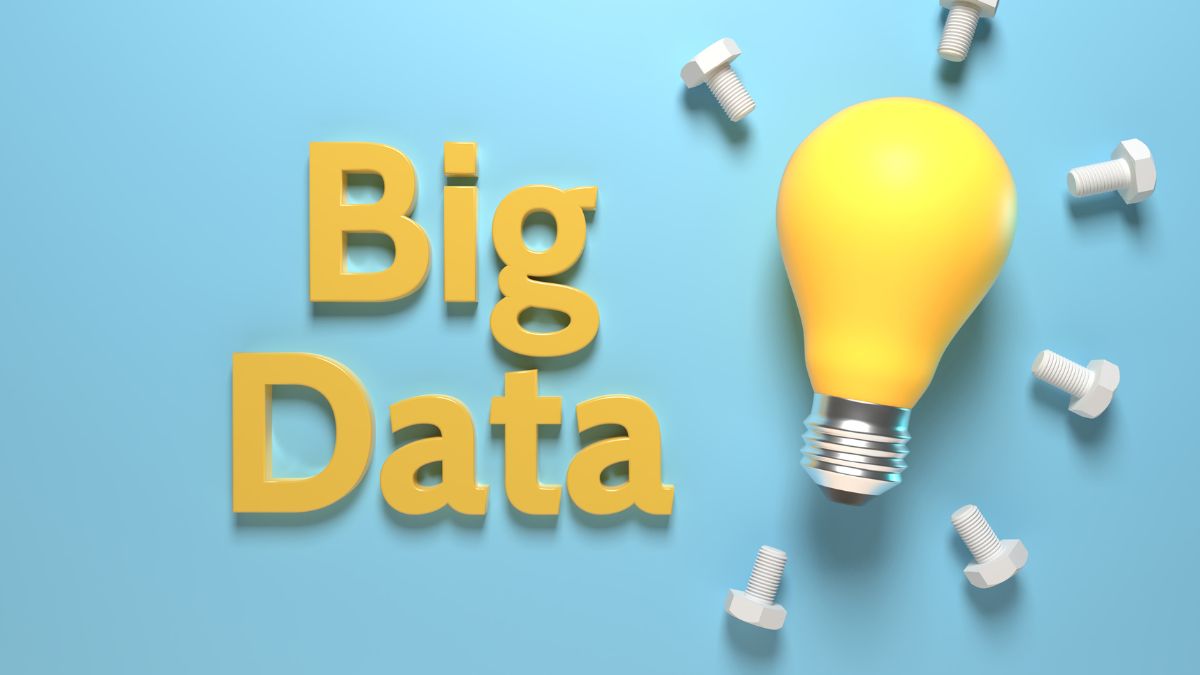
Big Data Strategy
Many sectors are embracing big data. IBM forecasts daily data production at 2,500 quintillion bytes. 50 billion networked devices collect, analyze, and exchange data (as CISCO states). Businesses of all sizes can gain “huge insights” from “big data.” Herein lies the value of big data strategy.
It’s like hitting a target 9/10 times because you know exactly where, when, and how to fire. Big Data makes these “shots” more laser-focused, producing more appealing results.
What is a Big Data Strategy?
Big data must lead and cannot be ignored. It interacts easily with your existing business intelligence tools and uses external data to enhance your market and consumer insight. Big data should be prioritized alongside income, profitability, and customer experience if IT Consulting Companies in NYC want to lead in their sectors.
Big data solutions improved decision-making (69%) and customer experience (52%) and saved money (47%). Companies said that effective Big Data management boosted revenue by 8% and cut expenses by 10%.
Choosing a big data business strategy will define the future company. What happens? Let’s find out in this article:
Data-Driven Decision-Making
Most companies today examine only 12% of data from multiple sources, dismissing 88%. It would have eliminated speculation and improved decision-making if it had been explored.
Consider marketing. 99% of companies consider data important for marketing. Marketers can set strategic goals using consistent data insights.
Big Data may help sales leaders get more accurate sales forecasts. This is beneficial. Condensing salespeople’s time so they can focus on likely buyers has various benefits.
Internal Operations Have Been Improved
Finding and processing data can take hours or days. Only 3% of employees can swiftly recall facts to make a judgment. Big data accelerates innovation across all corporate sectors by automating activities, detecting inefficiencies, and improving quality control.
Big Data may improve customer service, warehouse management, inventory management, and sales.
Customer-Focused Strategy
Using customer-specific data sets, you can map and track client behaviors, needs, and wishes across engagements. They cover the entire client base and customer journey, allowing organizations to see how clients feel about their interactions (CX). Netflix used data insights and analysis to affect 80% of the material its 100 million consumers viewed.
Big data and analytics help companies predict customer satisfaction, efficiency, loyalty, revenue, and customer service costs. CX management may analyze the ROI of CX efforts and link them to company goals.
If personal information is more available, consumers may feel worried. In an era where personal information is exchanged for online content and services, competition for customers’ attention has been intense. Big data shouldn’t go this way.
Apple, a renowned tech company, allowed customers to follow others. An iPhone pop-up box asks users’ permission before sharing data with other parties.
Facebook erred (again). WhatsApp was fined $270 million for not disclosing how it uses customer data.
Businesses employing Big Data must respect users’ privacy. Inaction could harm the company. Forming contracts with IT companies that check their products’ privacy compliance seems preferable.
Cost-Cutting
Big data analytics and business intelligence solutions can change costs. Software, labor, processing, and storage are expenses for executives. Big data process enormous volumes of data near real-time to identify waste and determine actual prices. That’s why CMO corporate summits are emphasizing utilizing big data for a better strategy at a lower cost.
Example: marketing initiatives. Always use customer-attracting marketing methods. Big data provides new insights. Businesses need a plan to save advertising cash.
A Big Data Strategy Approach Needs Five Key Steps:
The company’s lack of crucial expertise may make Big Data deployment easier. Executives fear finding, teaching, and attracting Big Data experts. Aligning a new company trajectory with the organization’s goals is also difficult. Five phases may contribute to big data project strategy.
1. Describe Your Company’s Goals or Problems
Before integrating Big Data organization-wide, the leadership team must define the need. How does it solve this issue? Does it further the company’s goals?
Big Data generates value by using data in several ways; therefore, the Big Data strategy must address critical business concerns and support the organization’s broader business objectives. Big data applications include:
- Customer Comprehension
- Numerous Sales Forecasts
- Financial Dangers
- Fraud or Scams
- Review, Customer Retention, and Remarketing Metrics
- Creating Data Links
2. A Team of Skilled Employees
Big Data plans should incorporate job placement and skill development. Human Resources dominates. First, check the staff’s resources. Although retraining and educating current employees is beneficial, could you pay attention to their talents? If your organization lacks the expertise to develop an in-house Big Data dream team, you may always hire outside BI professionals to help you.
3. Performing a Current Situation Analysis
A business evaluation could include assets, resources, practices, capabilities, and rules. A comprehensive data strategy road plan must reflect the organization’s current situation and long-term goals. This plan requires interviews or discussions with key staff in marketing, customer targeting and retention, and IT.
In customer outreach, it’s important to know both the company’s present and potential customers. Analyze company practices, data assets and architecture, data gathering capabilities, and other factors affecting consumer focus and retention.
4. Identify the Data Needed to Answer Your Customer Requests
Blind spots influence what data is needed. In what way? A lack of client profile knowledge may make it harder to develop focused marketing initiatives. Sales executives may need instant validation of key management aspects.
The operations section answers many inquiries about manufacturing, inventory, and the supply chain. This data is collected in a corporate-funded, regulated framework. Finance follows the same methods. Each department’s income, expenses, and clients determine its use cases, data, and questions.
5. Each Step of Your Big Data Strategy Roadmap Should Have the Necessary Technology
95% of companies must act on unstructured data, per Forbes. CRM, big data, and other productivity tools may be helpful. Road map components include:
- Learning: Corporations collect data from corporate transactions, industrial machines, social media, and IoT devices. Find the right technologies now.
- Data Security: Big Data projects need lots of storage. Big data and cloud computing have made data management more efficient and cost-effective.
- Data Processing: A real-time distributed tool for recording data streams, an open-source NoSQL database, and other tools can help.
- Data Analysis Results Revealed: Recently, “data democratisation” entered the language. Data should be obtained, “digested,” and stored, then made accessible to all parties.
Conclusion: How Big Data Can Help Your Company?
For the company to achieve a competitive advantage in the market, it must use big data. Its value crosses all processes and divisions. Implementing a powerful Big Data strategy can help enhance many aspects of a company’s operations, including internal procedures, customer experience, commercial decisions, and operational expenses.






